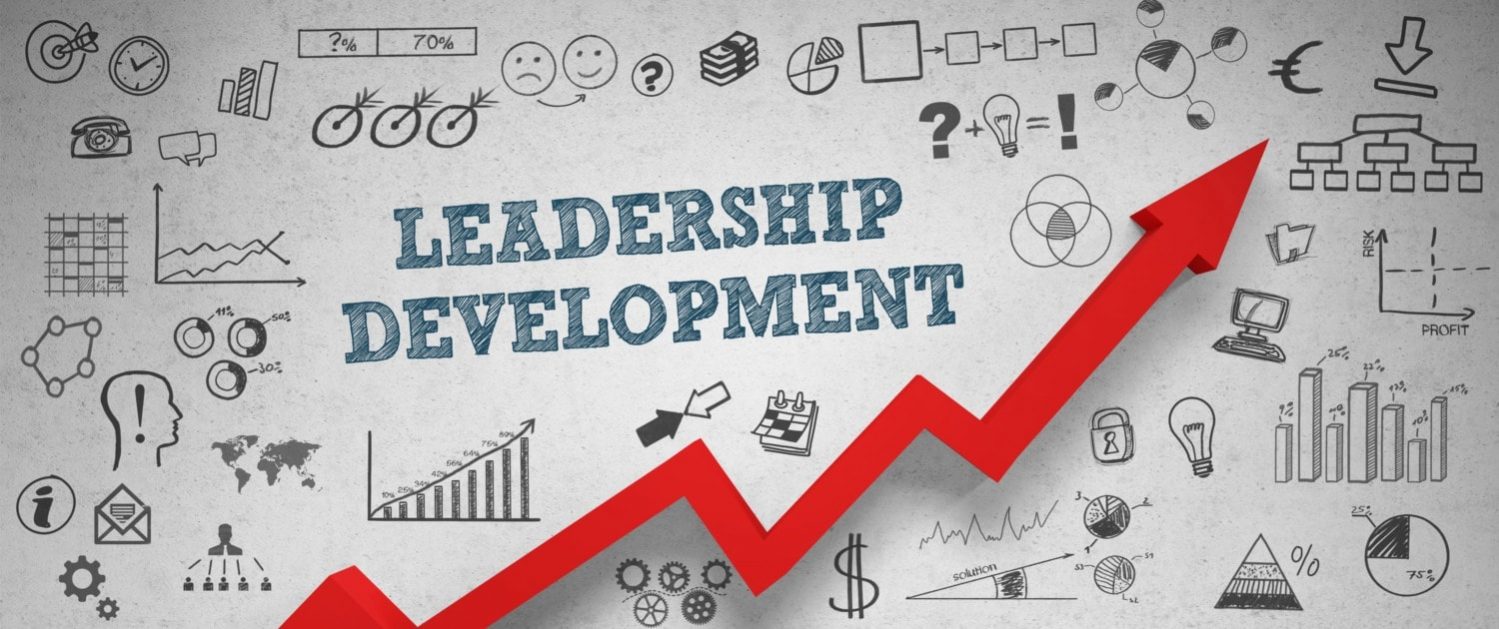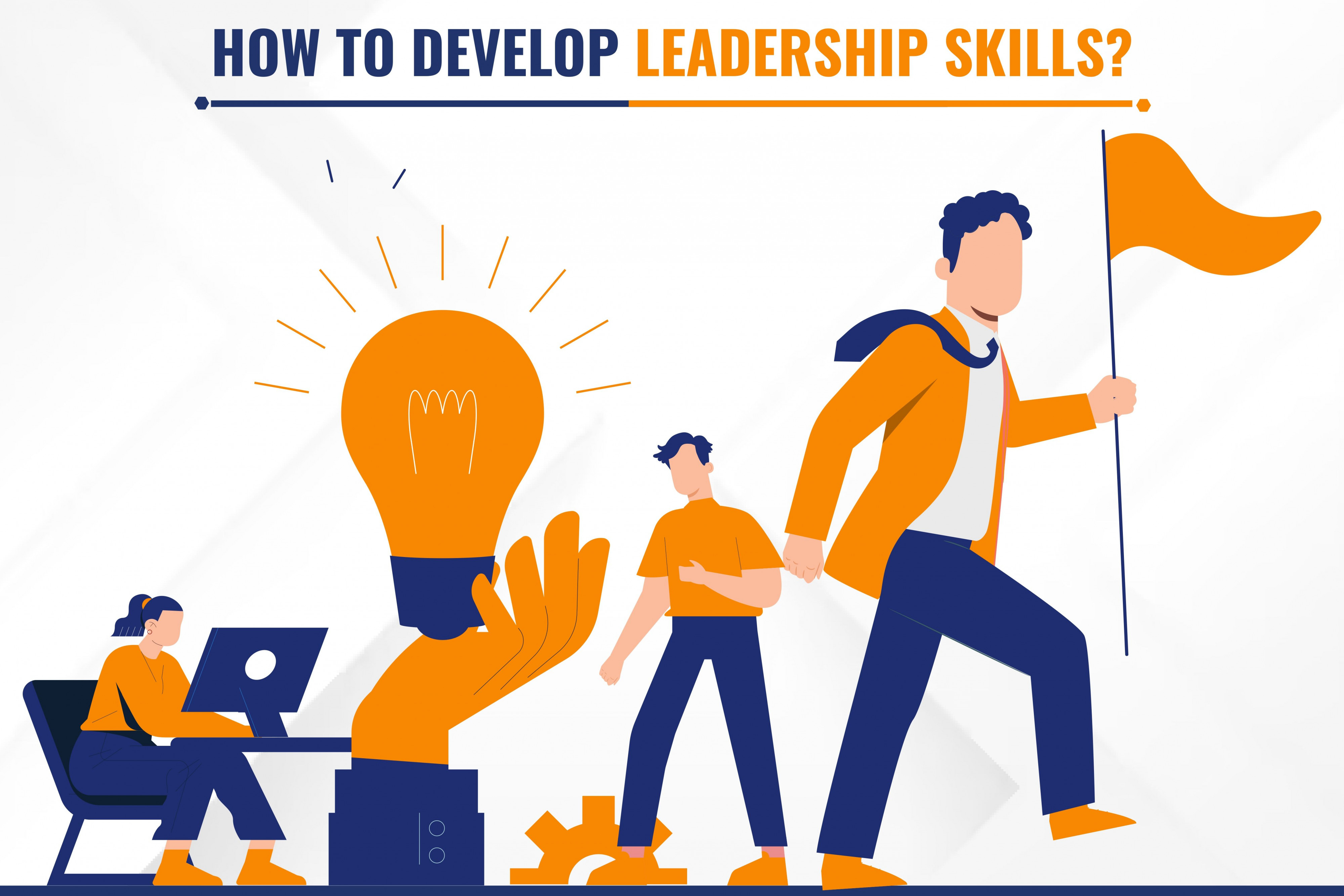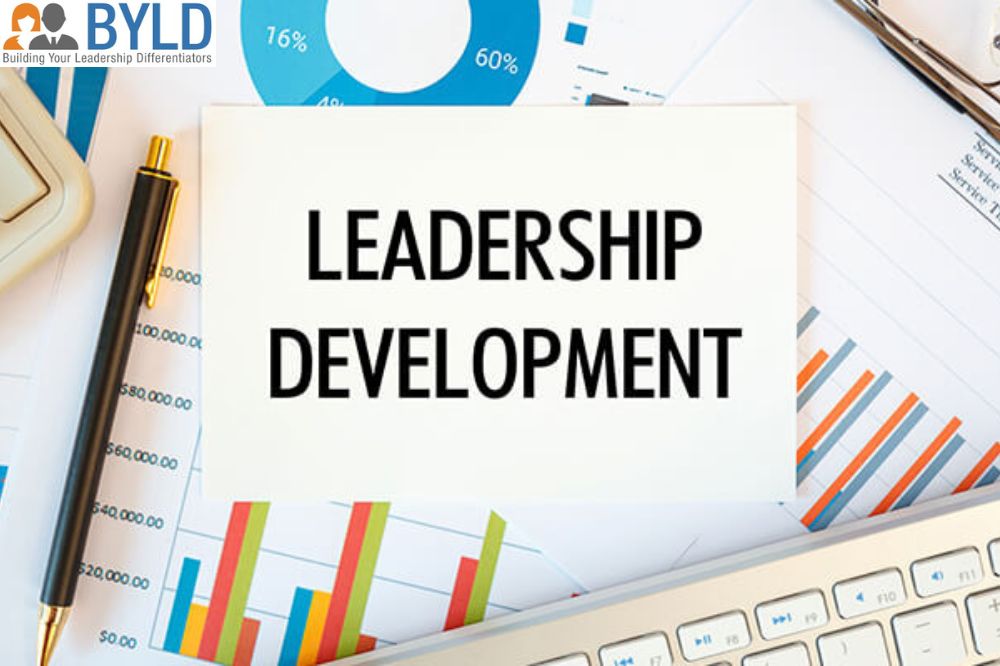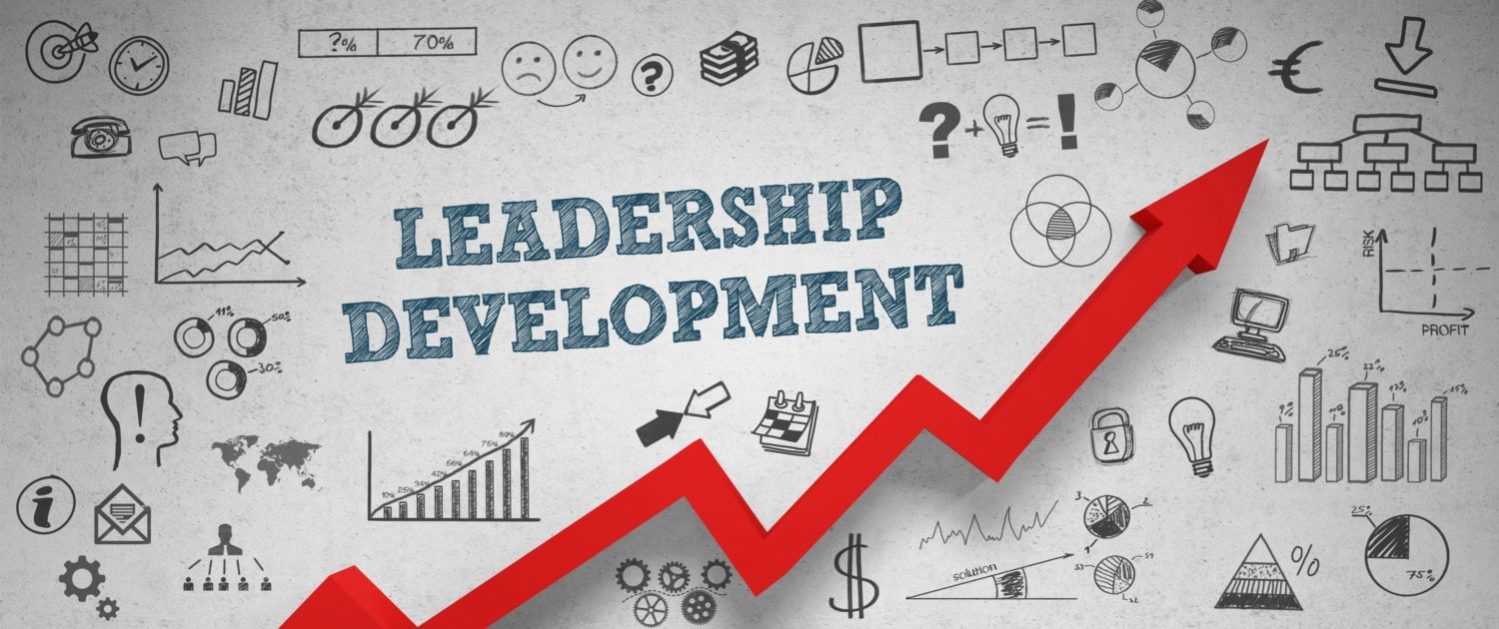Leadership Development: Unlocking the Key to Organizational Success

In the ever-evolving business landscape, leadership development has emerged as one of the most critical aspects of organizational success. Whether you’re leading a startup or managing a large corporation, having strong leaders at all levels is essential to fostering a productive, motivated, and innovative workforce. The question is: How can you develop effective leaders within your organization?
In this article, we will explore what leadership development entails, why it’s important, and the steps involved in creating a comprehensive leadership development plan that drives both personal and organizational growth.
What is Leadership Development?
Leadership development refers to the continuous process of enhancing a leader’s skills, capabilities, and knowledge to improve their effectiveness in guiding teams and achieving organizational goals. It involves:
- Training and mentoring: Equipping leaders with essential skills through learning programs and mentorship.
- Skill enhancement: Focused efforts to develop strategic, communication, decision-making, and problem-solving skills.
- Experiential learning: Offering opportunities to practice leadership in real-world situations, ensuring that leaders can learn from their experiences.
Effective leadership development goes beyond just improving technical abilities. It’s about cultivating emotional intelligence, resilience, and visionary thinking, enabling leaders to inspire their teams and adapt to changing business environments.

Why is Leadership Development Important?
Leadership development is not just a benefit for individual leaders—it has a direct impact on the success of the entire organization. Here are a few reasons why investing in leadership development is crucial:
1. Improved Organizational Performance
Leaders play a pivotal role in driving organizational success. When leaders are equipped with the right skills, they can make informed decisions, set clear goals, and inspire their teams to achieve those goals. Research has shown that organizations with strong leadership development programs outperform their competitors in terms of productivity, revenue, and employee satisfaction.
2. Employee Retention and Engagement
Great leaders know how to motivate and engage their teams, fostering a positive work culture. By developing leadership skills at all levels, organizations can retain top talent, reduce turnover, and maintain high morale. Leaders who provide mentorship and growth opportunities help employees feel valued and invested in the company’s success.
3. Succession Planning
Leadership development is critical for succession planning—the process of identifying and preparing future leaders within the organization. By developing leadership potential within your current team, you can ensure a smooth transition when key leaders retire, resign, or are promoted, without disrupting organizational performance.
4. Adaptability and Innovation
In today’s fast-paced world, businesses must be agile. Leaders who are well-developed are better equipped to lead their teams through change, respond to challenges, and drive innovation. Leadership development empowers leaders to think strategically, embrace new technologies, and adapt to the ever-changing business environment.
Key Components of a Leadership Development Program
A well-structured leadership development program should address multiple facets of leadership, ensuring that leaders are prepared for current and future challenges. Below are the key components that make a program effective:
1. Self-Awareness and Emotional Intelligence
Leadership begins with self-awareness. Leaders who understand their own strengths, weaknesses, values, and emotions are better equipped to relate to others, make sound decisions, and manage stress. Emotional intelligence is a crucial leadership skill that enables leaders to empathize with others, foster teamwork, and navigate conflicts effectively.
Actionable Tip: Leaders should take assessments like the Emotional Intelligence Appraisal to identify areas for improvement and focus on self-reflection through journaling or feedback.
2. Decision-Making and Problem-Solving Skills
Effective leaders are decisive and capable of solving problems creatively. A strong leader can analyze situations, identify potential solutions, and make decisions that are in the best interest of the team and the organization. Leadership development should emphasize critical thinking and decision-making frameworks.
Actionable Tip: Implement case studies and simulations that challenge leaders to solve complex problems in a controlled environment.
3. Communication and Influence
A leader’s ability to communicate clearly and persuasively is crucial for inspiring teams and aligning them with organizational goals. Leadership development programs should focus on improving verbal and written communication skills, as well as strategies for influencing others without authority.
Actionable Tip: Encourage leaders to practice public speaking, engage in active listening exercises, and learn how to give constructive feedback.

4. Strategic Thinking and Vision
Leaders must have the ability to look beyond day-to-day operations and develop a long-term vision for the organization. Leadership development should teach leaders how to craft strategies that align with company goals, anticipate market trends, and plan for growth.
Actionable Tip: Organize strategy workshops where leaders can collaborate on creating action plans for future challenges.
5. Collaboration and Team Building
A great leader knows how to bring people together, harnessing the collective strengths of their team to achieve results. Leadership development should foster collaboration by teaching leaders how to manage diverse teams, delegate tasks effectively, and build a sense of unity within the group.
Actionable Tip: Use team-building exercises and cross-departmental projects to help leaders enhance their collaborative skills.
Developing a Leadership Development Plan
A comprehensive leadership development plan provides a structured approach for growing leaders within your organization. Below are the key steps to create an impactful plan:
1. Assess Leadership Needs
Start by assessing your organization’s current leadership capabilities and identifying any gaps. Evaluate the existing leadership team’s strengths and areas for improvement. Based on your findings, determine the specific skills and competencies you want to focus on in the development program.
2. Set Clear Goals and Objectives
Establish clear, measurable goals for the leadership development program. These goals should be aligned with the organization’s overall objectives and should aim to fill the gaps identified in the assessment phase.
3. Provide Learning Opportunities
Offer various learning methods such as formal training, workshops, seminars, mentorship programs, and job rotations. Tailor these opportunities to address the specific needs and learning styles of your leaders.
4. Measure Progress and Offer Feedback
Monitor the progress of your leaders by tracking performance, conducting regular evaluations, and offering constructive feedback. Encourage self-assessment and continuous learning to ensure that leadership development remains an ongoing process.
Actionable Tip: Use 360-degree feedback tools to provide a holistic view of a leader’s performance from multiple perspectives.
Leadership Development Challenges
While leadership development is essential for organizational growth, it’s not without challenges. Some common challenges include:
- Resistance to change: Leaders may be reluctant to adopt new methods or feedback.
- Lack of time: Busy leaders may struggle to dedicate time to development activities.
- Inconsistent implementation: Leadership development programs may lack consistency or fail to be integrated into the organization’s culture.
To overcome these challenges, it’s essential to ensure that leadership development is seen as a long-term investment, not a one-time event. Regular commitment, organizational buy-in, and flexibility will ensure the program’s success.
FAQs About Leadership Development
1. What are the benefits of leadership development?
Leadership development improves organizational performance, employee engagement, retention, and prepares leaders for future challenges. It also boosts innovation, decision-making, and problem-solving skills.
2. How long does it take to develop leadership skills?
Leadership development is a continuous process. While some leaders may see improvements within months, others may take several years to fully develop and refine their leadership abilities.
3. Can leadership development be done online?
Yes, many leadership development programs are available online through platforms like Coursera, Udemy, and LinkedIn Learning. Online programs offer flexibility and accessibility to leaders at all levels.
4. Is leadership development only for senior executives?
No, leadership development is beneficial for employees at all levels of the organization. Developing leadership skills at the early stages of one’s career can pave the way for future growth and leadership roles.
Conclusion
Effective leadership is the cornerstone of any successful organization. Leadership development helps individuals grow into inspiring leaders who can adapt to changing environments, drive innovation, and foster positive organizational culture. By investing in a comprehensive leadership development program, organizations can cultivate leaders who not only excel individually but also lead their teams toward long-term success.

Remember, leadership is a journey, not a destination. Whether you’re leading a team or aspiring to take on a leadership role, the continuous pursuit of knowledge and skills is key to unlocking your full potential and making a lasting impact on your organization.

